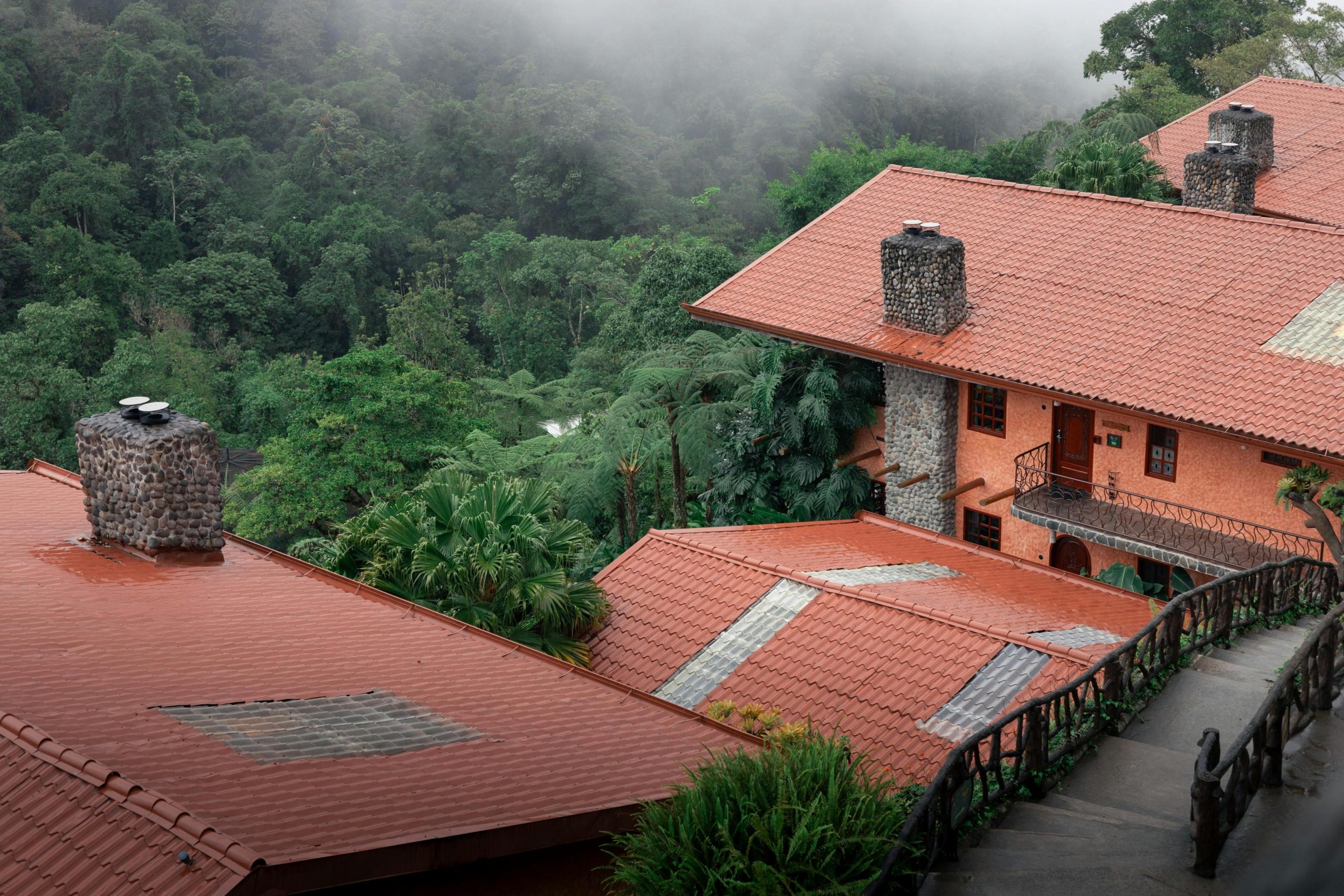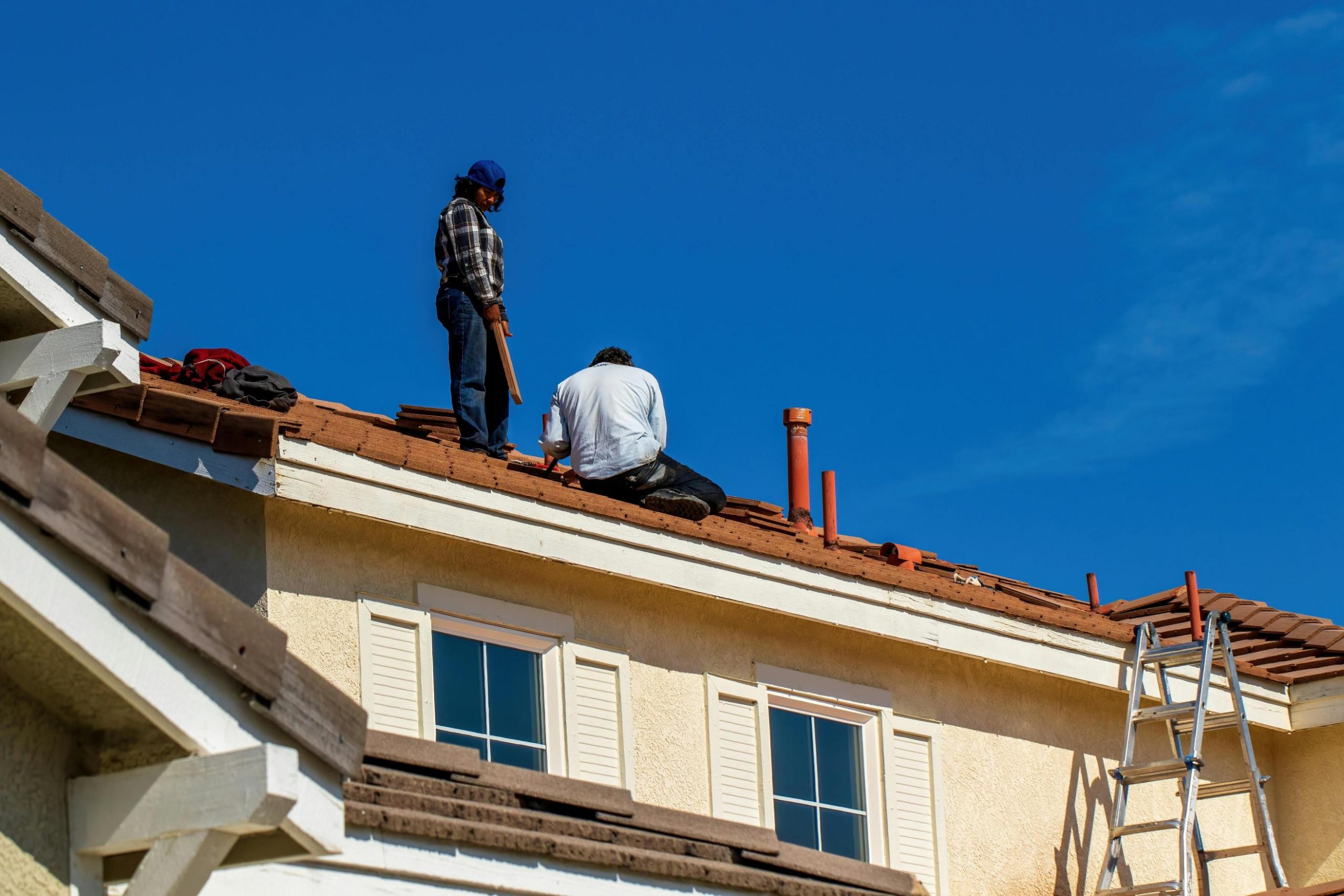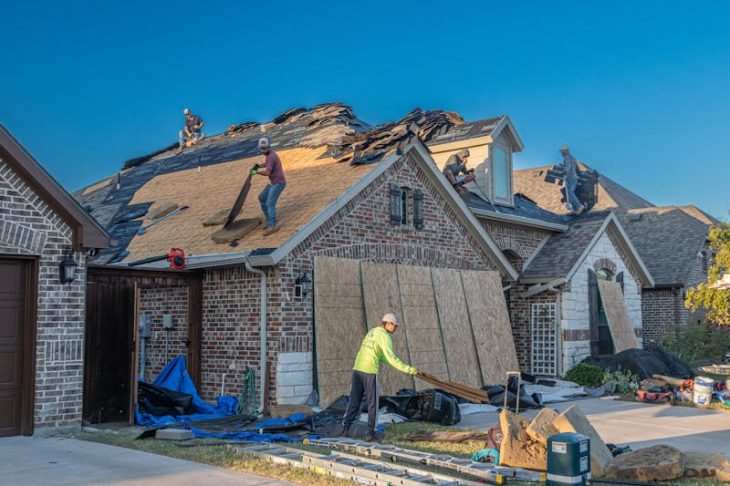
Why You Get Chimney Leaks in Heavy Rain & What to Do About It
Heavy rain should never mean heavy stress for homeowners. But if you’ve noticed chimney leaks in heavy rain, you’re not alone. A leaking chimney can cause stained walls, warped ceilings, damaged insulation, and even mold growth. Many homeowners don’t realize that chimneys, while sturdy, are often one of the most vulnerable points in a roof system.
In this article, we’ll cover the common causes of chimney leaks, the warning signs to watch for, how to fix them, and the best ways to prevent future water damage. By the end, you’ll know exactly what steps to take to protect your home from costly repairs.
Why Chimney Leaks Happen During Heavy Rain

Water finds its way into homes through the smallest cracks, and chimneys are especially at risk during downpours. Here are the most common reasons leaks occur:
- Damaged or Missing Flashing – Flashing is the metal that seals the gap where the chimney meets the roof. If it rusts, lifts, or cracks, rainwater can easily seep inside.
- Cracked Chimney Crown – The crown, or top of the chimney, is designed to keep water out. Over time, it can crack and allow rain to pool and seep into the structure.
- Porous Masonry – Bricks and mortar absorb water when not properly sealed. During heavy rains, this water can seep into the chimney and eventually into your home.
- Missing or Broken Chimney Cap – A cap prevents rain, debris, and even animals from entering. Without one, water flows directly into the chimney flue.
- Condensation Issues – Poor ventilation or liner problems can lead to excess moisture inside the chimney, which becomes worse during rainy weather.
Understanding the root cause is the first step toward a lasting fix.
Signs You Have a Chimney Leak
Sometimes the source of a leak is clear, but often, water travels before it shows up inside your home. Watch for these warning signs:
- Stains or damp patches on ceilings or walls near the chimney
- Musty or moldy odors around the fireplace
- Drips of water inside the fireplace during rainstorms
- Peeling paint or wallpaper near the chimney
- Crumbling brick or mortar outside the chimney
In some cases, homeowners first notice water leaking from ceiling areas near the chimney after heavy rainfall. This is often a strong indicator that the chimney is the culprit.
What to Do Immediately When You Notice a Leak
When you spot a chimney leak during a storm, acting fast can limit damage. Here are the steps to take:
- Move Belongings Away – Shift furniture, rugs, and electronics away from the leak to prevent damage.
- Contain the Water – Place buckets, pans, or towels under the drip to collect water.
- Relieve Pressure – If your ceiling is bulging, carefully puncture a small hole to let water drain in a controlled way rather than spreading out.
- Turn Off Electricity – If the leak is near light fixtures or outlets, switch off power at the breaker box.
- Inspect Safely – Once the rain stops, check the chimney area from the attic or roof if safe to do so.
Quick action not only protects your belongings but also makes cleanup easier later.
How to Fix Chimney Leaks in Heavy Rain

Fixing a chimney leak depends on what’s causing it. Some repairs are simple DIY tasks, while others require professional help.
1. Repair or Replace Flashing
- Remove damaged flashing.
- Install new metal flashing tightly against the chimney base.
- Seal with roofing cement or a waterproof barrier.
2. Seal or Rebuild the Chimney Crown
- Patch small cracks with crown sealant.
- For large cracks, rebuilding the crown with concrete may be necessary.
3. Waterproof the Masonry
- Apply a breathable water-repellent sealant to the exterior brick and mortar.
- Avoid paint or non-breathable coatings, as they trap moisture inside.
4. Install or Replace a Chimney Cap
- Choose a stainless steel or copper cap with mesh sides.
- Ensure it fits properly to keep rain, debris, and animals out.
5. Address Liner & Ventilation Issues
- If condensation is the problem, consider a new flue liner.
- A professional chimney sweep can assess and recommend solutions.
If you’re not comfortable working on a roof, hire a licensed roofer or chimney specialist. Professional repairs are often safer and longer-lasting.
Preventing Chimney Leaks Before They Start
Prevention is always easier and cheaper than repair. Here’s how to keep your chimney leak-free year-round:
- Schedule Regular Inspections – Have your chimney inspected annually, ideally before the rainy season.
- Maintain the Roof – Ensure shingles and roof materials around the chimney are in good shape.
- Seal Masonry Every Few Years – Reapply waterproofing to bricks every 3–5 years.
- Clear Gutters & Downspouts – Proper roof drainage prevents water from pooling near the chimney.
- Replace Old Chimney Caps – A cap is inexpensive compared to water damage repairs.
These preventive steps greatly reduce the risk of chimney leaks and extend the life of your roof and chimney.
When to Call a Professional
Not every leak is a simple DIY job. Call a professional if:
- The leak has already caused structural damage.
- You notice mold, wood rot, or insulation damage.
- The chimney crown or flashing requires major replacement.
- You’re not comfortable climbing onto your roof.
A chimney professional or roofer can assess the situation and provide solutions that save money in the long run.
Costs of Chimney Leak Repairs
The cost of repair depends on the damage:
- Chimney cap replacement: $150–$500
- Flashing repair or replacement: $300–$1,200
- Crown repair or rebuild: $200–$3,000
- Full chimney waterproofing: $400–$1,000
While these costs may seem high, they’re minor compared to repairing water-damaged walls, ceilings, or structural framing.
Long-Term Risks of Ignoring a Chimney Leak
If left untreated, chimney leaks can cause:
- Mold and mildew growth
- Rotted wood beams or framing
- Collapsed ceilings or sagging drywall
- Masonry deterioration and chimney instability
- Fire hazards from damaged chimney liners
The longer you wait, the more expensive the repairs will be. Acting quickly prevents these risks and protects your home.
Conclusion
Chimney leaks in heavy rain are a serious issue, but they don’t have to overwhelm you. By understanding the causes, spotting the warning signs, and taking quick action, you can protect your home from costly water damage.
Whether it’s a quick DIY fix like sealing small cracks or a professional repair for major flashing or crown issues, addressing leaks early saves money and stress. Combine this with regular inspections and preventive care, and your chimney can stay watertight for years to come.
A little attention now ensures that when the next storm rolls in, you can stay warm and dry without worrying about leaks from above.

